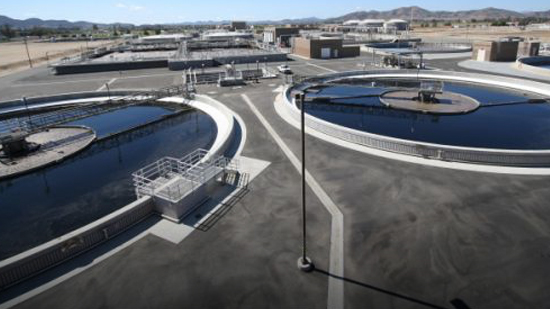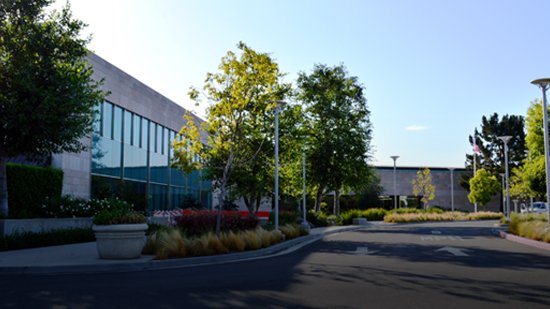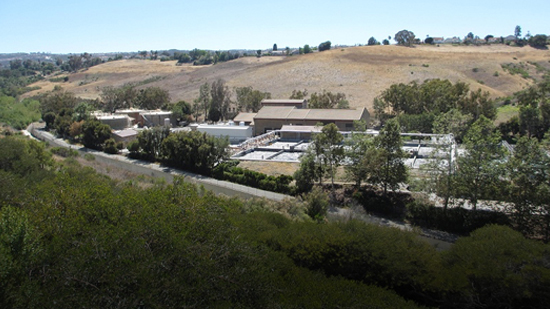Evapotranspiration Data Sources
ET is a typical component of the outdoor water budget equation, but there are different ways to determine the ET value to use for an individual customer. Typically, reference ET (ETo) is determined from meteorological data (commonly calculated using the Penman-Monteith equation) or pan evaporation and is based on a standardized vegetation (e.g., grass or similar reference crop such as alfalfa). Crop-specific ET can then be calculated based on the unique crops observed in the region. Below is a table summarizing how various agencies get their ET data, some of which are discussed further in case studies.

California Irrigation Management Information Systems (CIMIS) and weather stations in general measure the air temperature, relative humidity, precipitation, solar radiation, wind direction, and wind speed that are utilized to calculate ETo, usually with the Penman Monteith equation. CIMIS’ statewide network, administered by DWR, includes over 145 weather stations that electronically transmit data that can be accessed online. Due to the spatial distribution of the stations, using CIMIS stations alone is not generally feasible as the source of ET for an agency to develop realistic and individualized outdoor water budgets. Agency-operated weather stations, which may be linked into the CIMIS network, provide an agency the flexibility to determine where distinct microclimates in the service area are and ensure that each area is monitored by a separate weather station.
Spatial CIMIS is the result of a joint study between DWR and the University of California, Davis to determine ETo across the state at a 2 kilometer spatial resolution. Daily solar radiation comes from the National Oceanic and Atmospheric Administration’s Geostationary Operation Environmental Satellite, while air temperature, relative humidity, and wind speed values are estimated using interpolation between CIMIS stations.
HydroPoint Data Systems provides site specific daily ET at the 1 square kilometer microzone scale. More detail is provided in the MNWD case study.

Eastern Municipal Water District
Evapotranspiration Data from the California Irrigation Management Information System

Irvine Ranch Water District
Evapotranspiration Data Portal

